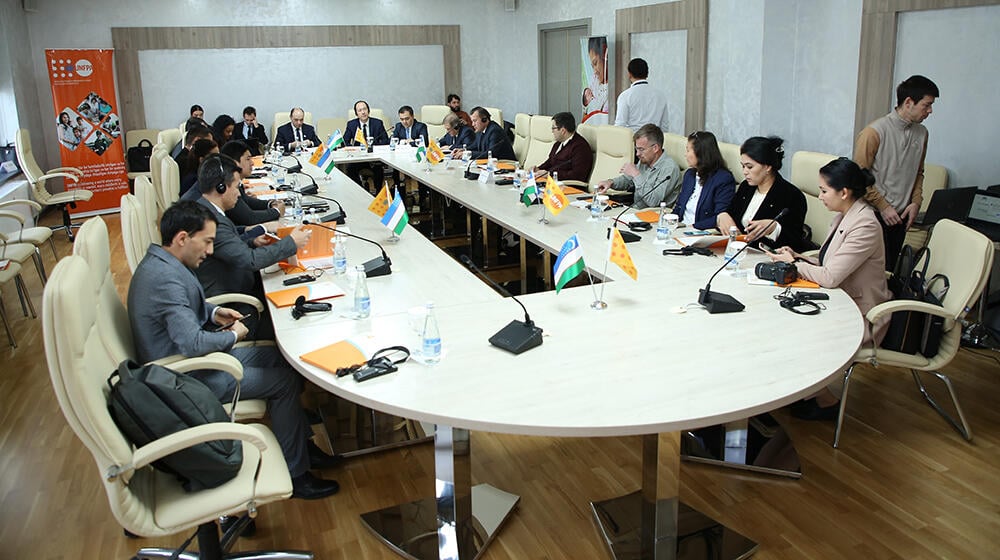TASHKENT - On November 18, Westminster International University in Tashkent (WIUT), together with the United Nations Population Fund (UNFPA), organized the Central Asian Regional Round Table on Demographic Resilience.
The main purpose of the Round Table was to discuss the main demographic trends in the countries of Central Asia, to identify key aspects of demographic sustainability for the region, as well as to create a community of demographic experts in Central Asia.
“Demographic resilience is directly related to large youth populations as well as harnessing the demographic dividend in Central Asia. As such, it is necessary to study and address the demographic changes in our region and find ways to effectively capitalise on the quality of young human capital and its effect on economic growth”, Bakhrom Mirkasimov, WIUT Rector cited during a Central Asian Regional Round Table on Demographic Resilience, organised jointly by WIUT and UNFPA.
Uzbekistan is placed 41st in the world in terms of size of its population.
The representative of the UN Population Fund in Uzbekistan, Mr. Yu Yu noted that in Central Asia, the birth rate remains high, and the population continues to increase, which increases the importance of focusing on youth and the opportunities associated with realizing the demographic dividend. Through its regional demographic resilience programme, UNFPA is supporting countries in the region by strengthening their ability to understand and predict demographic dynamics. He also mentioned that “countries need to understand the demographic changes of the region so that they can mitigate potentially negative impacts on the people, societies, economies and the environment, and use these opportunities associated with demographic changes to positively increase people's well-being.”
WIUT and UNFPA agreed to establish the Central Asian Network of Demographers in a continuing effort to attract young and new demographers to this field as well as to invest and build research capacity linking demographic change to various population socio-economic outcomes.


